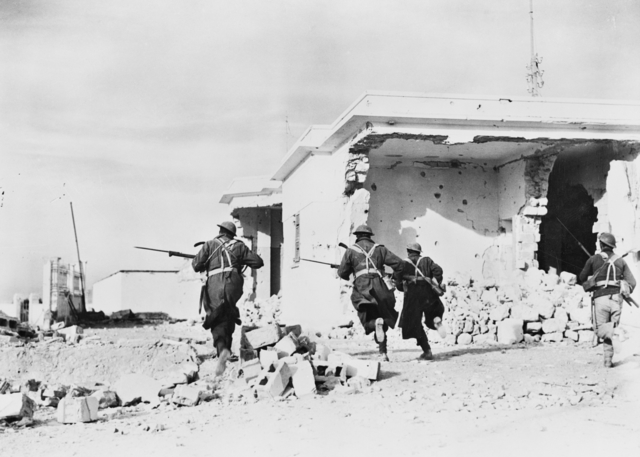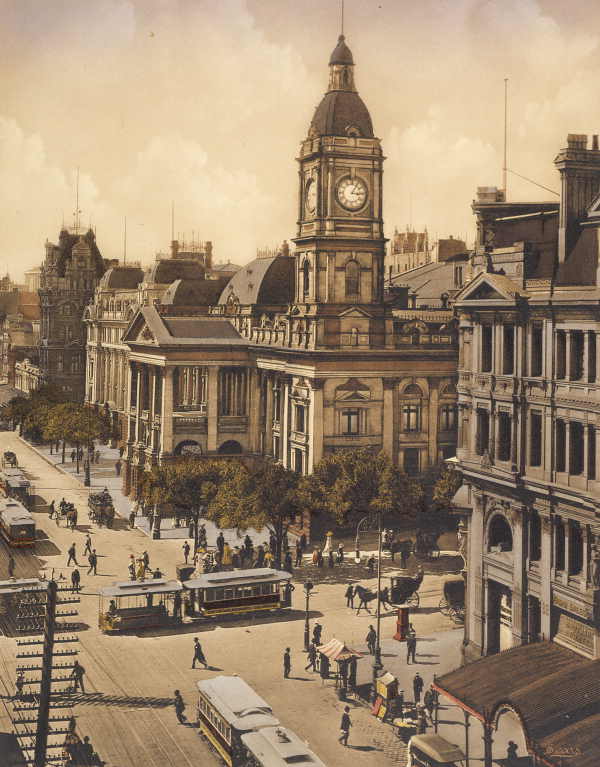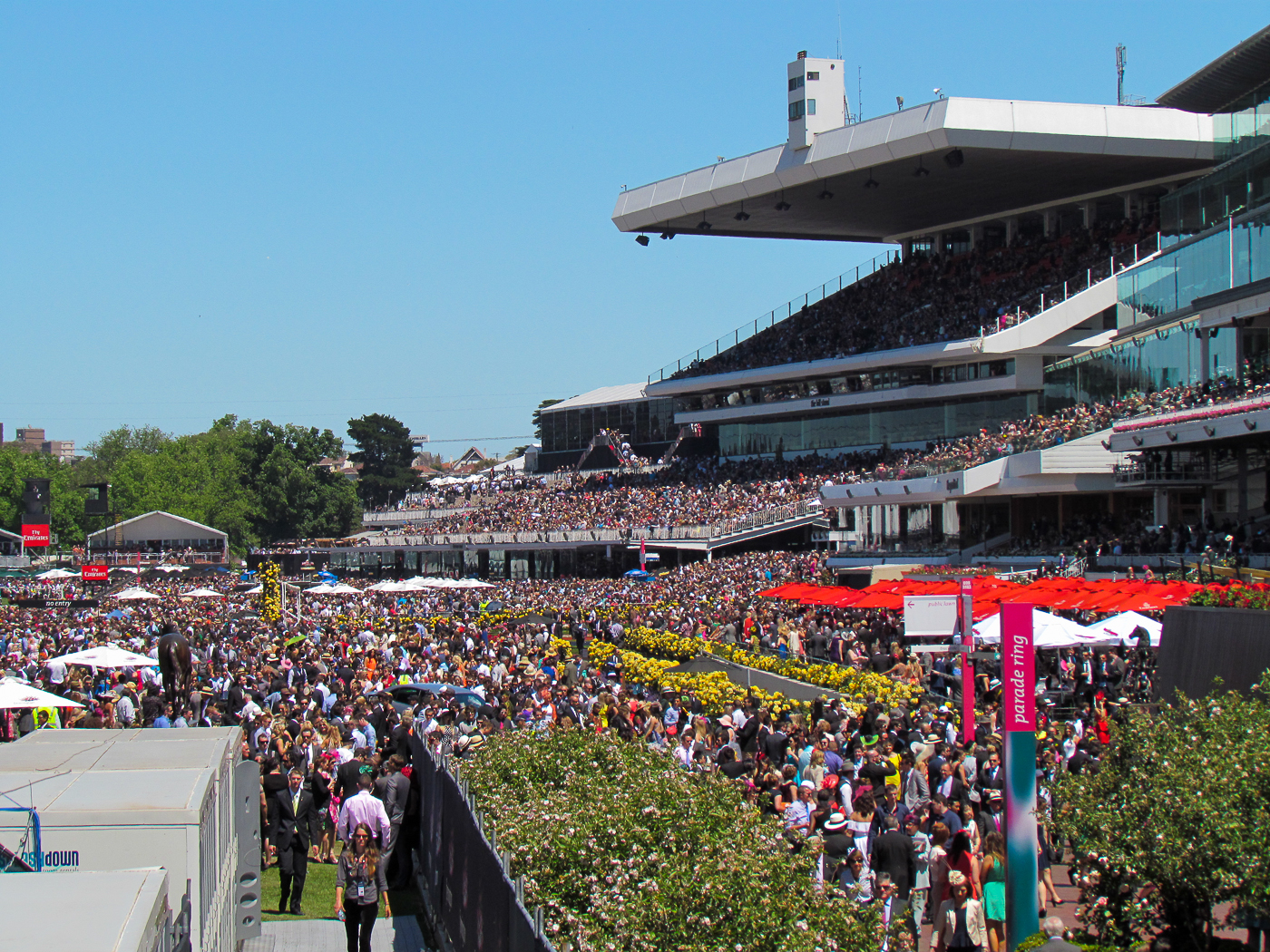|
Clive Steele
Major General Sir Clive Selwyn Steele, (30 September 1892 – 5 August 1955) was an engineer and a senior officer of the Australian Army who served in both the First and Second World Wars. He was instrumental in the expansion of the Royal Australian Engineers (RAE) in preparation for the war against Japan. Early life Born on 30 September 1892 at Canterbury, Melbourne the son of Herbert Selwyn Steele and Alice Lydia née Sinclair, Clive was educated at Scotch College (prefect and captain of boats, 1910), and the University of Melbourne (B.C.E. 1919). He joined the Militia in 1912.Darryl Bennet'Steele, Sir Clive Selwyn (1892–1955)' Australian Dictionary of Biography, Volume 16, Melbourne University Press, 2002, pp 296–297. First World War Appointed as a second lieutenant in the Royal Australian Engineers (RAE), Australian Imperial Force on 8 October 1915, he sailed for Egypt in November with the 5th Field Company. Arriving on the Western Front in March 1916, he was promote ... [...More Info...] [...Related Items...] OR: [Wikipedia] [Google] [Baidu] |
Canterbury, Victoria
Canterbury is an eastern suburb of Melbourne, Victoria, Australia, 10 km from Melbourne's Central Business District, located within the City of Boroondara local government area. Canterbury recorded a population of 7,800 at the 2021 census. Famed for its leafy green boulevards and substantial, opulent historic residences, Canterbury is one of Melbourne's most expensive and exclusive suburbs. Geography Canterbury extends as far as Mont Albert Road in the north, Burke Road in the west, Chatham and Highfield Roads in the east and Riversdale Road to the south. The main thoroughfare through Canterbury is Canterbury Road, which runs east–west and roughly bisects the suburb. Canterbury is the home to many of Victoria's oldest and most prestigious private schools, including Camberwell Grammar School, Camberwell Girls Grammar School and Strathcona Baptist Girls Grammar School. Other schools include Camberwell High School, Canterbury Girls' Secondary College and Canterbury Pr ... [...More Info...] [...Related Items...] OR: [Wikipedia] [Google] [Baidu] |
Australian Army Reserve
The Australian Army Reserve is a collective name given to the reserve units of the Australian Army. Since the Federation of Australia in 1901, the reserve military force has been known by many names, including the Citizens Forces, the Citizen Military Forces, the Militia and, unofficially, the Australian Military Forces. In 1980, however, the current name—Australian Army Reserve—was officially adopted, and it now consists of a number of components based around the level of commitment and training obligation that its members are required to meet. Overview For the first half of the 20th century, due to a widespread distrust of permanent military forces in Australia, the reserve military forces were the primary focus of Australian military planning.Grey 2008, pp. 66–83. Following the end of World War II, however, this focus gradually shifted due to the changing strategic environment, and the requirement for a higher readiness force available to support collective security g ... [...More Info...] [...Related Items...] OR: [Wikipedia] [Google] [Baidu] |
I Corps (Australia)
I Corps was an Australian Army corps, one of three that were raised by the Army during World War II. It was the main Australian operational corps for much of the war. Various Australian and other Allied divisions came under its control at different times. In 1940–1942, the corps was based in the Mediterranean and Middle Eastern theatres, and controlled forces in action against the Germans, Italians and later the Vichy French in North Africa, Greece and Syria–Lebanon. In 1942, following Japan's entry into the war, I Corps was transferred to the South West Pacific Area. Forces assigned to the corps undertook garrison duties in Ceylon, and briefly deployed to the ill-fated defence of Java in 1942, before returning to Australia. Between late 1942 and 1945, the corps oversaw Allied frontline units fighting against the Japanese in New Guinea and then Borneo in 1945. History Formation At the outbreak of the Second World War, the Australian government decided to raise the Second ... [...More Info...] [...Related Items...] OR: [Wikipedia] [Google] [Baidu] |
6th Division (Australia)
The 6th Division was an infantry Division (military), division of the Australian Army. It was raised briefly in 1917 during World War I, but was broken up to provide reinforcements before seeing action. It was not re-raised until the outbreak of World War II, when it was formed as a unit of the Second Australian Imperial Force (2nd AIF). Throughout 1940–41 it served in the North African Campaign, the Battle of Greece, Greek campaign, on Battle of Crete, Crete and in Syria-Lebanon campaign, Syria, fighting against the Germans, Italians and Vichy French. In 1942, the division left the Mediterranean and Middle East theatre of World War II, Middle East and returned to Australia to meet the threat of Japan's entry into the war. Part of the division garrisoned Ceylon for a short period of time, before the division was committed to the New Guinea campaign. In New Guinea, its component brigades had a major role in the successful counter-offensive along the Kokoda Track Campaign, Kokoda ... [...More Info...] [...Related Items...] OR: [Wikipedia] [Google] [Baidu] |
Second Australian Imperial Force
The Second Australian Imperial Force (2nd AIF, or Second AIF) was the name given to the volunteer expeditionary force of the Australian Army in the Second World War. It was formed following the declaration of war on Nazi Germany, with an initial strength of one infantry division and related auxiliary components. After considerable expansion of this force, three divisions were sent to the Middle East and North Africa, while the 8th Division was sent to garrison British Malaya and Singapore. Under the ''Defence Act 1903'', neither the part-time Militia nor the full-time Permanent Military Force (PMF) could serve outside Australia or its territories unless they volunteered to do so. The Second AIF fought against Nazi Germany, Italy, Vichy France and Japan. After the war, Australia's wartime military structures were demobilised and the 2nd AIF was disbanded, although a small cadre of its personnel became part of the Interim Army that was established in 1947, and from which the Austra ... [...More Info...] [...Related Items...] OR: [Wikipedia] [Google] [Baidu] |
Melbourne Town Hall
Melbourne Town Hall is the central city town hall of Melbourne, Victoria, Australia, and is a historic building in the state of Victoria since 1867. Located in the central business district on the northeast corner of the intersection between Swanston and Collins Street, it is the seat of the local municipality of the City of Melbourne, and has been used for multiple purposes such as concerts, theatrical plays and exhibitions. History Melbourne was officially incorporated as a town on 13 December 1842, with Henry Condell as its first Mayor. However, it wasn't until 1854 that its first Town Hall was completed. Begun in 1851, the work ground to a halt with the beginning of the Victorian gold rush. The foundation stone of a new, grander Town Hall was laid on 29 November 1867 by the visiting Prince Alfred, Duke of Edinburgh, after the demolition of the first. The current Town Hall officially opened on 11 August 1870 with a lavish ball, which was personally funded by the Lord Mayo ... [...More Info...] [...Related Items...] OR: [Wikipedia] [Google] [Baidu] |
Her Majesty's Theatre, Sydney
Her Majesty's Theatre, Sydney, Australia, refers to three theatres of the same name. One was a theatre which opened on 10 September 1887 and closed on 10 June 1933. It was located on the corner of Pitt and Market Street, Sydney, where Westfield Sydney stands today.CC-By-SA ] * Creative_Commons_license.html" "title="/nowiki>Creative Commons license">CC-By-SA A Creative Commons (CC) license is one of several public copyright licenses that enable the free distribution of an otherwise copyrighted "work".A "work" is any creative material made by a person. A painting, a graphic, a book, a song/lyrics ... ] * Facebook group "Remember 'Her Majesty's Theatre' Sydney" dedicated to remembering the 3rd theatre, contains lots of information and photos: https://www.facebook.com/rememberhermajestystheatre {{Theatres in Sydney Former theatres in Sydney 1887 establishments in Australia Demolished buildings and structures in Sydney Demolished theatres 1902 fires in Oceania Bu ... [...More Info...] [...Related Items...] OR: [Wikipedia] [Google] [Baidu] |
Flemington Racecourse
Flemington Racecourse is a major horse racing venue located in Melbourne, Victoria, Australia. It is most notable for hosting the Melbourne Cup, which is the world's richest handicap and the world's richest 3200-metre horse race. The racecourse is situated on low alluvial flats, next to the Maribyrnong River. The area was first used for horse racing in March 1840. Overview The Flemington Racecourse site comprises 1.27 square kilometres of Crown land. The course was originally leased to the Victoria Turf Club in 1848, which merged with the Victoria Jockey Club in 1864 to form the Victoria Racing Club. The first Melbourne Cup was run in 1861. In 1871 the Victoria Racing Club Act was passed, giving the VRC legal control over Flemington Racecourse. The racecourse is pear-shaped, and boasts a six-furlong (1,200 m) straight known as 'the Straight Six.' The track has a circumference of and a final straight of for race distances over . Races are run in an anti-clockwise ... [...More Info...] [...Related Items...] OR: [Wikipedia] [Google] [Baidu] |
James Hardie
James Hardie Industries plc is a global building materials company and the largest global manufacturer of fibre cement products. Headquartered in Ireland, it is a dual-listed company, being listed on the Australian and New York Stock Exchanges. Its management team currently sits in Chicago, Illinois, United States. James Hardie was plagued by several asbestos-related scandals in the 20th century. History James Hardie (27 July 1851 – 20 November 1920) emigrated to Australia in 1888 from Linlithgow, Scotland, and established a business importing oils and animal hides. Andrew Reid, also from Linlithgow, came to join Hardie in Melbourne, and became a full partner in 1895. When Hardie retired in 1911, he sold his half of the business to Reid. The company was listed on the Sydney Stock Exchange in 1951. At the time, the company manufactured products out of asbestos cement sheet and other related building material. By the middle of the twentieth century, James Hardie had become t ... [...More Info...] [...Related Items...] OR: [Wikipedia] [Google] [Baidu] |
Canal De La Somme
The Canal de la Somme is a canal in northern France. Its total length is 156.4 km with 25 locks, from the English Channel at Saint-Valéry-sur-Somme to the Canal de Saint-Quentin at Saint-Simon. History The Somme River was canalized beginning in 1770. The 54 km section from St. Simon to Bray was completed by 1772, but the rest was not finished until 1843. Overview The canal as originally built has seen substantial modifications since construction of the Canal du Nord in 1904–1965, and is now made up of four distinct sections: * and 1 lock from Saint-Valery-sur-Somme to Abbeville (the ''Canal maritime'') * and 18 locks from Abbeville to Péronne * with 2 locks the section upgraded as part of the Canal du Nord * and 4 locks from Voyennes to Saint-Simon, closed upstream from Offoy since 2004. [...More Info...] [...Related Items...] OR: [Wikipedia] [Google] [Baidu] |
River Somme
The Somme ( , , ) is a river in Picardy, northern France. The river is in length, from its source in the high ground of the former at Fonsomme near Saint-Quentin, to the Bay of the Somme, in the English Channel. It lies in the geological syncline which also forms the Solent. This gives it a fairly constant and gentle gradient where several fluvial terraces have been identified. Name The Somme river was known in ancient times as ''Samara''. It presumably means 'the summery river', that is to say the 'quiet river', stemming from an adjective *''sam-aro''- ('summery') itself derived from the Celtic root *''samo''- ('summer')., s.v. ''Samara'' and ''Samarobriva Ambianorum.'' The city of Amiens was also known as ''Samarobriva'' (Gaulish: 'bridge on the Samara'). It is attested by the early 1st century BC as the chief town of the Ambiani, an ancient Gallic tribe of the region. The modern department of Somme was named after this river. History left, '' King Edward III Crossi ... [...More Info...] [...Related Items...] OR: [Wikipedia] [Google] [Baidu] |
Péronne, Somme
Péronne () is a commune of the Somme department in Hauts-de-France in northern France. It is close to where the 1916, first 1918 and second 1918 Battles of the Somme took place during the First World War. The Museum of the Great War (known in French as the ''Historial de la Grande Guerre'') is located in the château. Geography Péronne is situated in the old region of Santerre, home of the early French kings. It is located in the Somme valley. The autoroutes A1 and A16 pass close by. The national road, the N17, traverses the town. Demography History On a hill, dominating the Somme river and its lakes, Péronne was a well-fortified place during the early Middle Ages. The ramparts were built in the 9th century. All that remains today of the ancient fortress is the ''Porte de Bretagne''. Few towns have been as involved in the history of France, few towns so often devastated, as Péronne. Burned and pillaged in the time of the Normans; gravely damaged during the time o ... [...More Info...] [...Related Items...] OR: [Wikipedia] [Google] [Baidu] |






